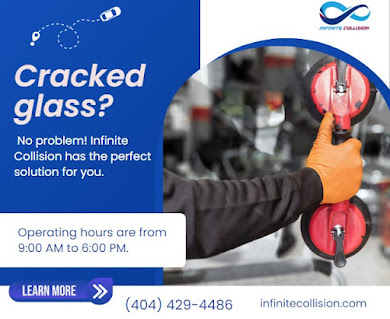How to Identify When Unibody Parts Need Replacement

A unibody car's structural integrity is paramount to its safety and overall performance. Over time, accidents, rust, or general wear and tear can compromise the strength of its unibody frame. Recognizing the signs that a unibody part needs replacement is crucial to maintaining your vehicle's safety and reliability. Key Indicators of Unibody Damage Visible Damage: Dents and Scratches: While minor dents and scratches might seem cosmetic, deeper damage can weaken the structural integrity of the unibody. Rust: Rust is a serious threat to unibody frames. Look for signs of rust, especially in areas prone to moisture and salt exposure. Cracks and Tears: Cracks or tears in the metal, particularly around welds or seams, indicate severe damage. Performance Issues: Poor Handling: A damaged unibody can affect a vehicle's handling, causing it to feel unstable or unresponsive. Vibrations and Noise: Unusual vibrations or noises, especially when driving over uneven surfa...


